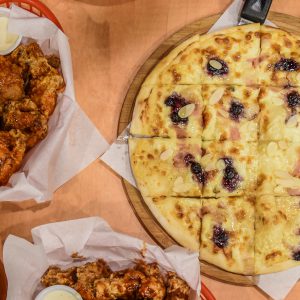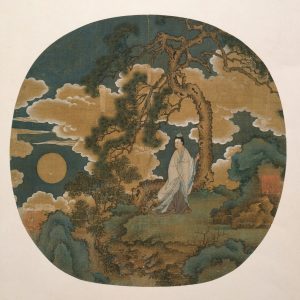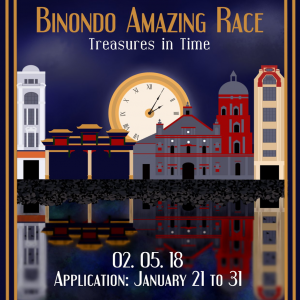Seated at a round table for ten with the lobster having just been served, my friend whispered from beside me, “Hindi ba ito matatapos? (Will this ever end?)” For someone like him who has never attended a Chinese-Filipino gathering, the array of dishes being served one at a time seemed endless. Unlike traditional Filipino salo-salos where all the food is laid out and everyone digs in after the occasional word of grace, Chinese-Filipino meals held for special occasions tend to take a longer amount of time. The Chinese New Year is an occasion that calls for such a gathering. Apart from the intricacies attached to such meals such as unspoken rules about who gets to have the first go at the cold cuts appetizer or the customary courtesy of competing for the check, the dishes themselves have a long history rooted in tradition and with their own stories to tell.
Every Chinese New Year, the food could easily be found at the center of the festivities, be it for the luck they are believed to deliver or simply for how good they taste. Some dishes traditionally served during the Chinese New Year include tikoy, fish, dumplings, noodles, Mandarin Oranges and many more. The huge menu emphasizes just how much the Chinese value their food, which is symbolic not just of their preferences but of their culture and traditions as well. Here are some enduring favorites that make their way to the Chinese New Year celebrations time and time again:
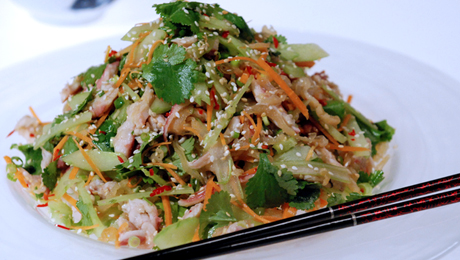
One such favorite is the jellyfish salad which is served as an appetizer at most meals, usually with other cold cuts like asado and chicken. It is prepared with thinly-sliced cold, marinated jellyfish and has been a delicacy in China ever since the Zhou dynasty. The unique texture of the jellyfish has ensured its place in the dining table, moreso in the royal houses of old.
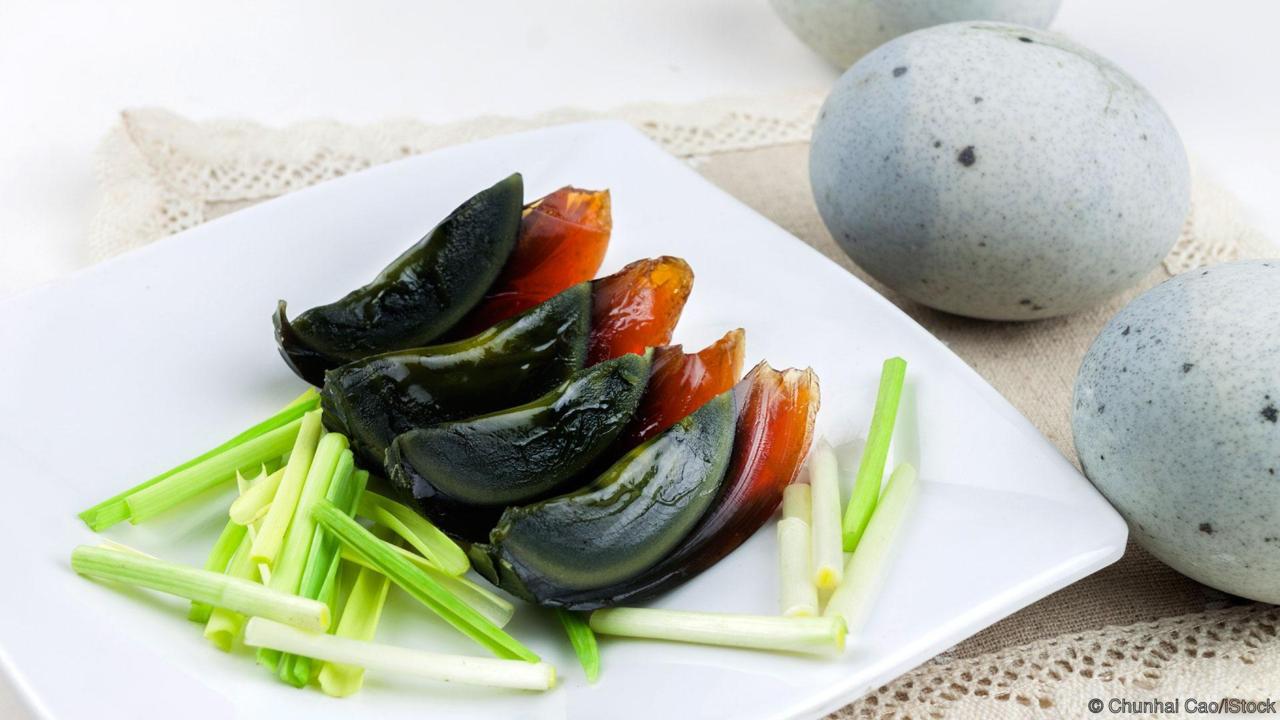
Another popular cold cuts appetizer is the century egg. Its name is a misnomer for the eggs are only cured and boiled for about a hundred days. According to legend, the eggs were discovered during the Ming dynasty when a resident of the Hunan province stumbled upon duck eggs left in a pool of slaked lime and loved the taste upon trying them. Looking like greenish circular rocks coated in rust-colored jelly, the century egg can be intimidating to a first-timer, especially after their first whiff of the delicacy. Century eggs are also known for their pungent odor. In Thailand, they are called khal yiao ma, which translates to “horse urine eggs”. This term comes from the unfounded misconception that the eggs are made by being soaked in horse urine. Don’t let the scent deter you—these eggs are a staple in Chinese gatherings for a reason!

Another staple in Chinese cuisine are noodles, which exist in different varieties from the misua to the lomein. A popular noodles dish served in most gatherings is the chang shou mian—literally “long life noodles”—a must for birthdays and other special occasions because of how they symbolize longevity. Therefore, the longer the noodles, the better.
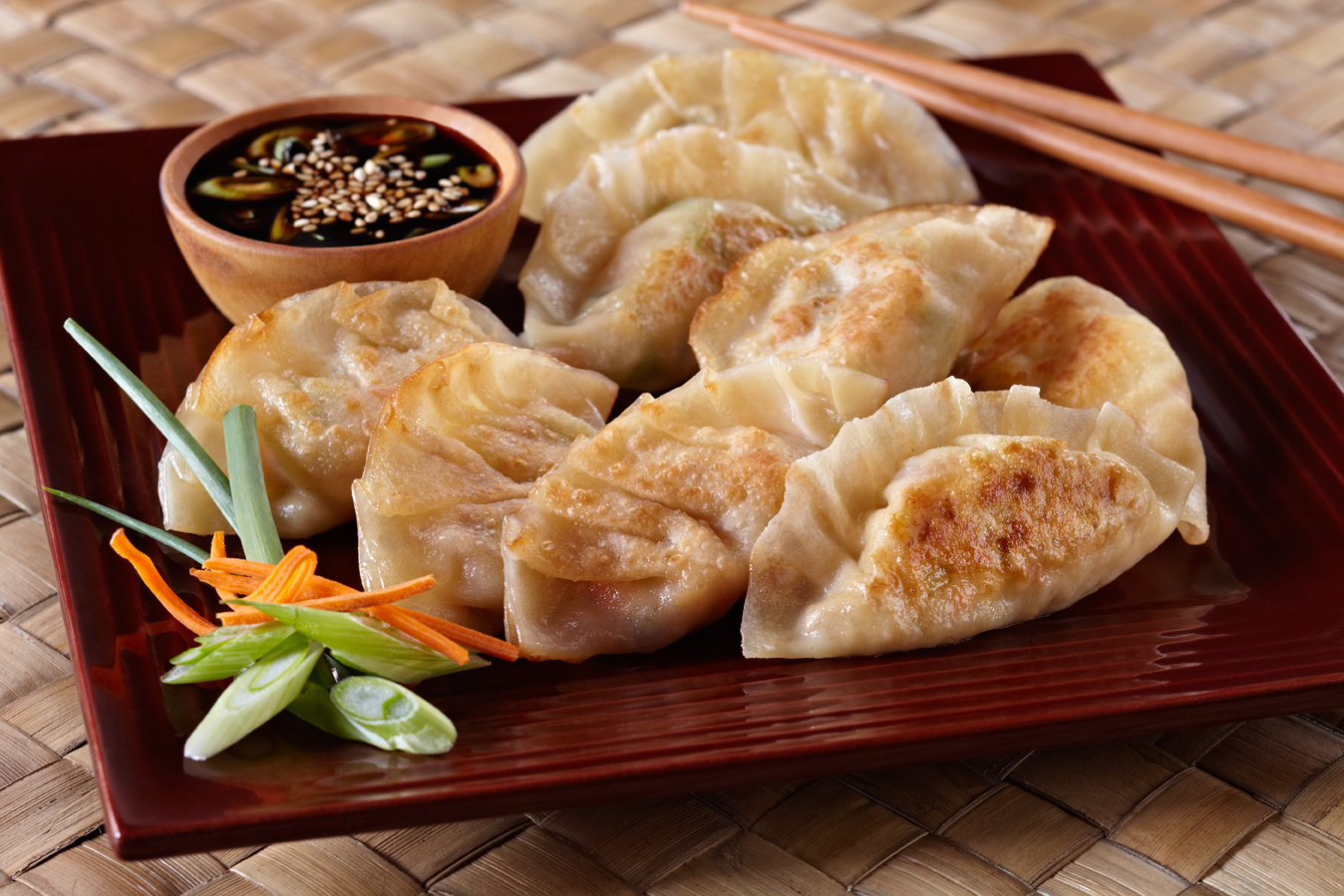
Dumplings are a universal dish with different cultures putting in their own respective spins on it. Traditionally, the dumplings are a mixture of seasoned ground meat and vegetables wrapped in dough. The story behind this dish starts with Zhang Zhongjing, a man referred to as the “Medicine Saint” in Chinese history. Zhang, upon his return to his village, noticed that many people’s ears were frostbitten. He wrapped mutton, chilli and some warming medicinal herbs in dough skin, and folding them into the shape of an ear, boiled them in water before giving them to the poor. Since then, dumplings have become a symbol of home and warmth, endearing it so to the Chinese.
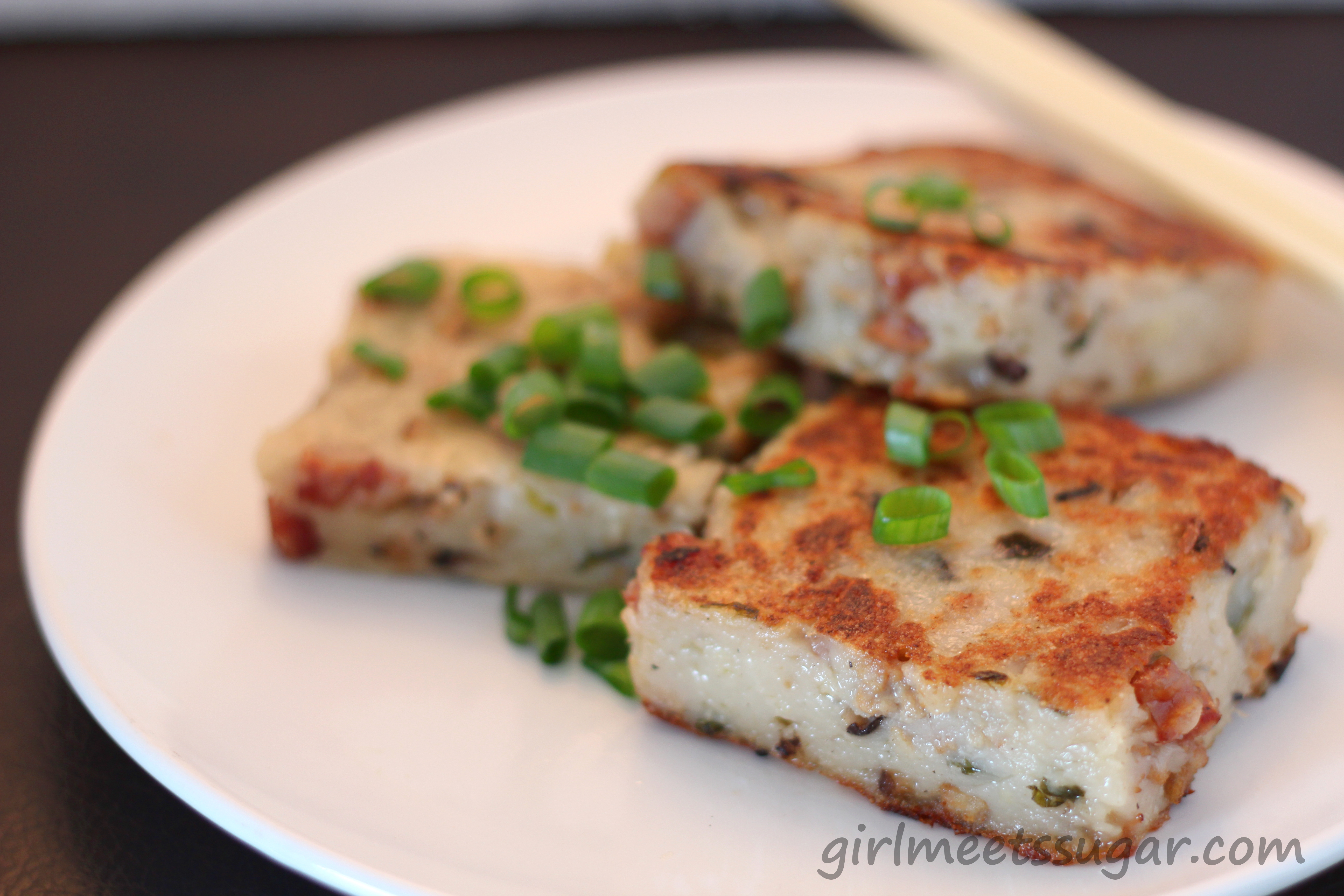
Another regular around the Chinese New Year is the radish cake. This is a dimsum dish made of shredded radish and plain rice flour. The cake is usually pan-fried, resulting in a delicious dish that is crispy on the outside and soft on the inside. Some varieties include diced or minced dried shrimp, dried shiitake, and Chinese sausage or jinhua ham for an added embellishment of flavor. The Hokkien translation of radish, chhai thau, is a homophone for good fortune, ho chhai thau; and given every Chinese-Filipino’s eagerness to heap on luck during the Chinese New Year, the radish cake is an enduring classic.
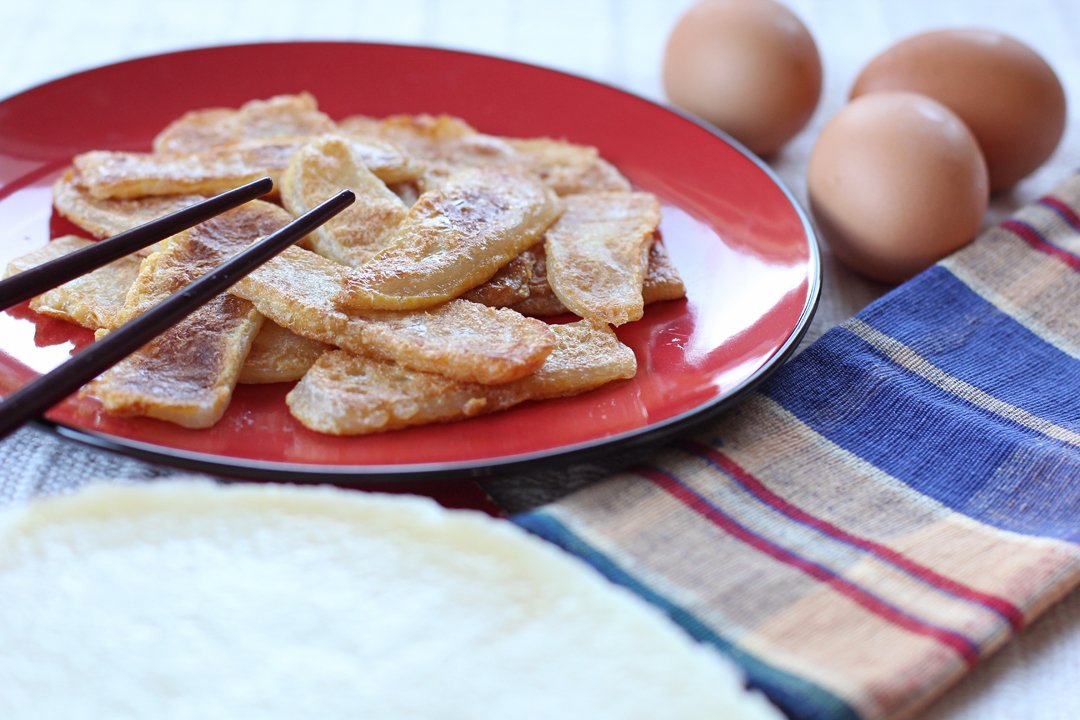
Of course, the Chinese New Year would not be complete without tikoy. The sticky delicacy, usually cooked with egg, pops up every Chinese New Year; and most fridges are stockpiled with the dessert, mostly because tikoy seems to be the default gift item of the season. Tikoy, also called nian gao in Chinese, is considered auspicious because gao sounds like “high” in Chinese and thus reflective of people’s wishes for their fortunes to go higher and higher. Tikoy comes in a variety of flavors and is not without its twists. An example is the turon tikoy, a fusion of tikoy and a favorite Filipino snack, turon. Instead of banana, which is how turon is traditionally prepared with, the tikoy is wrapped in spring roll wrapper then deep fried. Some evven include cheese or condensada to add some flavor to their turon tikoy. The fusion might seem odd, but more and more people are being taken by the combination of the crunchy texture of fried spring roll coupled with the sticky sweetness of tikoy.

The turon tikoy is simply an example of how the Chinese New Year has come to evolve into something held dear, not just to the Chinese or the Chinese-Filipino community, but to Filipinos in general as well. I recall my marketing professor saying that we are at a point in time when Filipinos are even more aware of when the Chinese New Year is compared to the Chinese-Filipinos—it is when the crowds milling around Chinatown doing last minute tikoy shopping for the upcoming Chinese New Year comprise mostly of Filipinos instead of Chinese-Filipinos. Although it might take a while for someone unfamiliar with the Chinese-Filipino culture to grasp the idea that we do not eat tikoy everyday, or that the ancient lady sitting on the other side of the table gets to pick which part of the crab she wants first, we do share something in common—and that is good food.
Celadon celebrates the Chinese New Year too! Catch us in Zen Garden this February 1-2!
Follow https://www.facebook.com/celadonateneo/ for more info!
Written by Jamie Sy.


